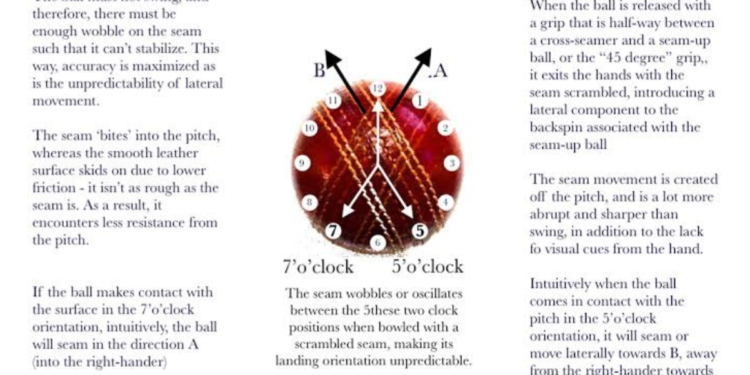Definition of Dew in Cricket
Dew in cricket refers to the moisture that forms on the grass and other surfaces of the cricket field during the night. This moisture is a result of condensation when the temperature drops, causing water vapor in the air to turn into liquid form. In cricket, dew can be a significant factor affecting the game, especially in matches played in the evening or at night when the temperature tends to fall, leading to the formation of dew on the field. Dew can make the playing surface wet and slippery, which can impact the movement of the players and the trajectory of the ball.
Impact of Dew on Cricket Matches
When dew settles on the cricket field, it can drastically alter the outcome of the match. The presence of dew often leads to a wetter playing surface, making it difficult for bowlers to grip the ball effectively. As a result, bowlers may struggle to maintain their usual levels of control and accuracy, leading to an increase in wides and no-balls.
Furthermore, the moisture from the dew can cause the ball to skid off the surface unpredictably, making it harder for batsmen to judge the pace and bounce of the delivery. This can result in misjudgments, leading to wickets falling more frequently as batsmen struggle to adapt to the changing conditions.
Factors Affecting Dew Formation on the Cricket Field
Dew formation on the cricket field is subject to various factors. The humidity levels in the atmosphere play a crucial role in determining the amount of dew that forms on the field. Higher humidity levels facilitate the condensation of water vapor, leading to heavier dew formation. Additionally, the temperature of the environment influences the rate at which dew forms. Warmer temperatures are more conducive to dew formation as the air can hold more moisture, which then condenses on cooler surfaces like the grass on the cricket field.
How Does Dew Affect the Ball in Cricket?
Dew has a significant impact on the ball in cricket matches, especially during evening games or in conditions where dew is prevalent. As the ball comes into contact with the damp grass or pitch due to the presence of dew, it can become heavier and less responsive. This added weight and moisture can make the ball harder to grip for bowlers, affecting their ability to maintain control and execute their desired deliveries effectively.
Furthermore, the presence of dew on the ball can also alter its behavior after being bowled. The moisture from the dew can cause the ball to skid off the surface quickly or behave unpredictably, making it challenging for batsmen to anticipate its movement. This unpredictability can add an extra level of difficulty for players on the field, requiring them to adjust their strategies and techniques to counter the effects of the dew on the ball during the game.
Strategies Employed by Teams to Counter the Effects of Dew
Teams facing the challenge of dew during cricket matches employ various tactics to mitigate its impact. One common approach is for bowlers to use towels to constantly dry the ball in order to maintain a good grip. Additionally, fielders often resort to wearing gloves or using towels to keep their hands dry and improve their fielding performance.
Moreover, teams strategically opt to bowl first when dew is expected to be heavier during the second innings. By setting a target for the opposing team to chase, they aim to minimize the disadvantage of dew affecting their bowling and fielding conditions. Adaptability and quick thinking are key for teams to navigate the challenges posed by dew and ensure they remain competitive on the field.























